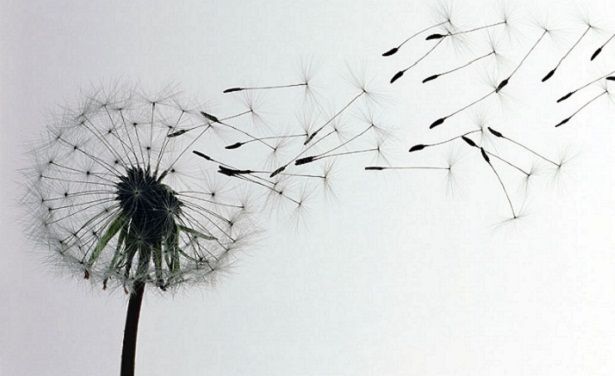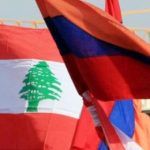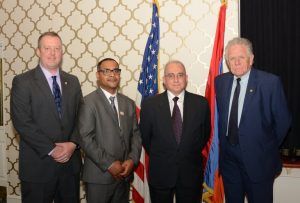The last “Mohicans” of Musa Dagh-an American’s look at the Armenian Vakifli village of Turkey

The Daily Beast has covered Vakifli, the only Armenian village in Turkey.
The newspaper’s correspondent Kristen Mctighe, who managed to travel to Vakifli, starts her story with the heroic defense of Musa Dagh during the Armenian Genocide of 1915.
More than 100 years after the villages of Musa Dagh waged a successful resistance and survived the mass killings of Armenians during World War I, Vakifli is the last remaining Armenian village in Turkey. As its population dwindles, the village is drawing tourists with its stunning views of the surrounding mountains and Mediterranean Sea, complicated history, and a chance to experience its culture before it disappears,” writes Mctighe.
The beautiful village is perched on the slopes of Musa Dagh, in the southern Turkish province of Hatay near the Syrian border. The author describes the bright pink and red roses that fill gardens near old stone houses.
“Looking out to more to the west, lush green hills roll out to meet the Mediterranean Sea,” she notes.
There are 135 mostly middle-aged and elderly residents in this village. They are the descendants of the Armenians who stood up to the Ottoman army in 1915, repelling attacks for 53 days until the French warships arrived.
“Every corner of this tiny, tranquil village is suffused with its past,” she notes.
After WWI, Hatay and six Armenian villages not part of French Syria. The Armenians returned to the villages where they had lived, but as a result of a 1939 referendum, Hatay was handed over to Turkey, and as a result, the 5,000 residents of Hatay left their native lands and moved to Lebanon, establishing the city of Anjar.
The author recalls that Austrian writer Franz Werfel’s “The Forty Days of Musa Dagh” is devoted to the Armenians endeavor.
“The book is said to have served as a source of inspiration for European Jews during the Holocaust,” she notes.
During the trip to Vakifli, Kristen Mctighe also talked to the locals who shared their stories of their families’ survival. The author of the article notes that people here don’t like to talk about the massacre and that the memories are extremely painful.
According to her, beyond the square is the church, originally built in 1910, but restored and inaugurated in 1997 with the approval of the Turkish authorities.
“There is no resident priest – every two weeks Father Avedis comes, splitting his time between Vakifli and Iskanderun, another larger town in Hatay. Past the church is the cemetery, where stone tombs bear the names of residents from the past two centuries – witnesses to the village’s tumultuous history,” writes Mctighe.
The author says that historians largely agree that the mass deportations and massacres of Armenians constituted the first genocide of the twentieth century, but Turkey disputes the deaths toll and denies they were planned with the intention of mass extermination.
“In a country where using the word genocide to describe the events of 1915 has led to prosecution, observing and protecting traditions has not always been easy for Turkey’s Armenian minorities,” notes the American journalist.
Mctighe adds that after 1939, the residents were forced to change their family names and the only school – where the Armenian language was taught—was closed. When it reopened years later, there was only one Turkish teacher. Villagers were forced to send their children to Istanbul to study Armenian. According to her, today, the biggest threat to Vakifli has been emigration. Men also greatly outnumber women, who often leave when they marry men from outside the village.
“Several festivals during late summer and early fall also draw crowds, including the Holy Mother of God feast in mid-August, which coincides with the village’s traditional blessing of grapes,” writes Mctighe.
She cites the words of Tayfun Turkmen, an engineering visiting Istanbul and sitting in the café in central Vakifli with her mother and sister. “We can find different tastes here and a different culture. We would like to experience Kurdish culture, but a lot of places are dangerous and there is violence. Here we can come and it is safe.” She is visiting Istanbul for the second time.
Kristen Mctighe states that today’s villagers and their families are fighting to keep their village, culture, and traditions alive. A new museum is planned.
At the end, the author cites the words of one of the villagers, Cem Capar: ““I feel a deep sadness thinking about how our village might disappear, but we are looking forward. We know the past and we remember the past, but we live for now and protect our future.”
Source: Sputnik Արմենիա




 Արևելահայերեն
Արևելահայերեն Արևմտահայերեն
Արևմտահայերեն Русский
Русский






